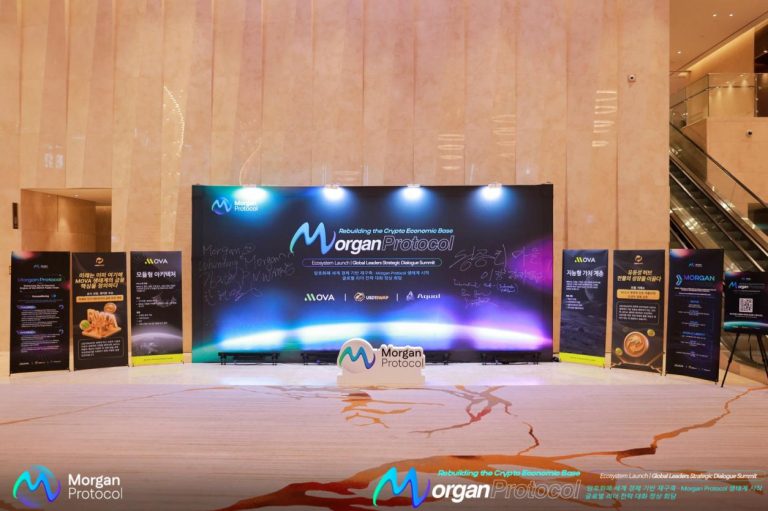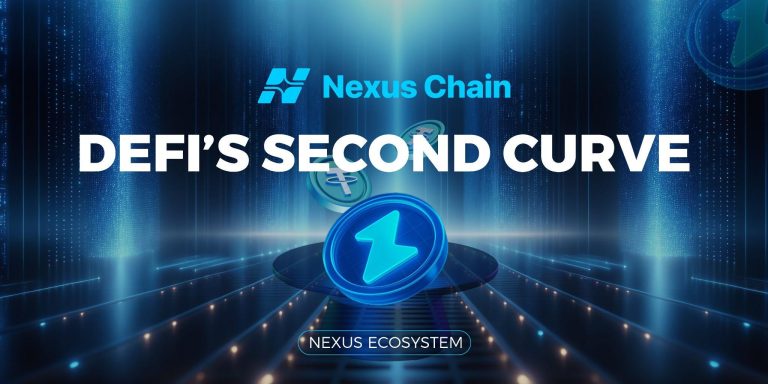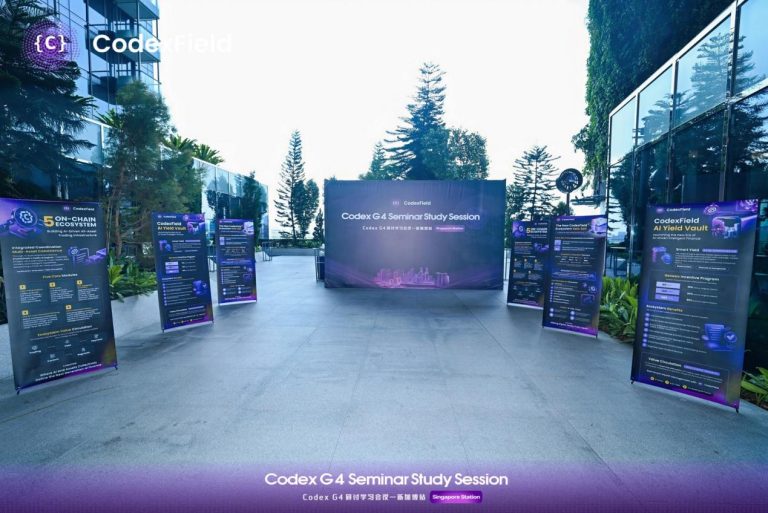On May 1, 2025, as the forum “How to Create Competitive AI Agent Products” concluded successfully on Binance Live, Free Labs unveiled the next-generation decentralized AI public chain Free Agreement. This global debut, hailed as the “starting point of the AI + blockchain revolution,” not only revealed its technical blueprint and ecosystem planning but also

showcased a disruptive innovation path from “technology integration” to “ecosystem reconstruction” through three core breakthroughs.
1. Technology breaks the wall: When AI Agent becomes a “native resident” of the public chain
In the traditional blockchain ecosystem, smart contracts are the core of executing logic, but they lack the ability to learn and make decisions independently. The breakthrough of Free Agreement is that it implants AI Agent agents into the underlying public chain, making them “first-class citizens” alongside smart contracts.
1. Agent-driven intelligent interaction revolution
The AI Agent of Free Agreement has three core capabilities:
-Dynamic learning: real-time training through on-chain data to automatically optimize service strategies. For example, in the DeFi scenario, Agent can dynamically adjust liquidity mining strategies according to market fluctuations, increasing capital utilization by 40%;
-Cross-chain collaboration: It supports task decomposition and resource scheduling in multi-chain environment. For example, in NFT cross-chain transaction, Agent can intelligently match the optimal route to compress the cross-chain time to less than 30 seconds;
-User Profile Self-Construction: Generating personalized models through on-chain behavior data (transactions, governance votes, ecosystem participation, etc.) to provide customized services for users. The “Smart Investment Assistant” Agent demonstrated at the forum can now generate a three-dimensional portfolio solution based on user risk preferences, including AI quantitative strategies, chain game asset allocation, and RWA targets.
2. The “super brain” public chain enabled by quantum computing
Different from the traditional blockchain which relies on the accumulation of computing power, Free Agreement has realized the deep integration of quantum computing and AI for the first time. Its “quantum hybrid computing layer” can increase the training speed of complex AI models by more than 100 times:
-In the financial derivatives pricing scenario, the traditional GPU cluster takes 2 hours of Monte Carlo simulation, which can be compressed to 90 seconds through the quantum acceleration module;
-The introduction of quantum encryption algorithms in the chain governance vote has increased the cost of a 51% attack to $230 million, strengthening the security line from the bottom.
This combination of “AI decision + quantum computing power” provides the ground for high complexity DApp (such as real-time strategy game chain games, dynamic asset allocation protocol).

Second, ecological reconstruction: from “chain tools” to “decentralized intelligent community”
The ambition of Free Agreement is not only to make technological breakthroughs, but also to build a decentralized ecology in which “users are nodes and contributions are values”. It realizes the co-construction of the ecology through three mechanisms:
1. “Intelligent evolution” of DAO governance
Traditional DAO relies on manual proposal and voting, which is inefficient and easy to be manipulated by a few nodes. Free Agreement introduces AI-assisted governance system:
-Smart contracts automatically capture hot topics in the community and generate candidate proposals;
-Based on natural language processing (NLP) analysis of proposal text, Agent nodes in related fields are automatically matched for feasibility evaluation;
-During the voting process, AI monitors abnormal trading patterns in real time to prevent witch attacks. The forum disclosed that the governance efficiency of its test network is 60% higher than that of traditional DAOs, and the proposal approval rate and community satisfaction are improved simultaneously.
2. The economic model of “full scene capture”
Token (Free Coin) serves as the blood of the ecosystem and carries three functions as value carriers:
-Governance rights: holding Tokens can participate in the voting of public chain upgrade proposals and influence the algorithm weight distribution of AI Agent;
-Service rights: unlock advanced Agent functions such as customized quantitative strategies and AI coaches for chain game characters by destroying Tokens;
-Intellectual property rights: AI native assets generated in the ecosystem (such as trained predictive models and data derivatives) are priced at Free Coin, forming a “technology-value” closed loop.
Its token economics is designed to be more scarce: out of a total of 1 billion tokens, 65% are produced through mining pools, and the ecology generates $1 million in GMV per time, resulting in a final circulation of 1 million tokens, creating a deflationary spiral.
3. The role of “connector” for cross-industry penetration
With the AI+RWA (Real World Assets) module, Free Agreement is breaking down on-chain and off-chain barriers:
-Real estate: Convert the rental income rights of commercial real estate into AI management Tokens that can be traded on the chain. The Agent automatically handles the process of rent collection and tenant management, which increases the liquidity of assets by 5 times;
-Medical field: Patients can authorize AI Agent to manage their personal health data and share the data safely with research institutions in exchange for benefits under the premise of privacy protection. Three multinational pharmaceutical companies have announced access to the test at the forum.
Industry shock: redefine the competitive dimension of “AI+ blockchain”
The debut of Free Agreement marks the upgrading of industry competition from a single technology competition to a three-dimensional competition of “technology, ecology and economy”:
1. For developers: From code mover to intelligent architect
Its low-code development platform allows non-technical personnel to “assemble” AI Agent through a visual interface: drag and drop pre-trained NLP modules, connect to on-chain data interfaces, set revenue distribution rules, and generate dedicated agents. Forum data shows that during the platform’s private beta phase, over 2,000 vertical domain Agents were created, covering scenarios such as e-commerce customer service, legal compliance, and educational tutoring, with developers’ average learning time reduced to 2.7 hours.
2. For investors: from “trading coins” to “configuring smart assets”
While traditional blockchain investments focus on Token price fluctuations, Free Agreement has created a new category of “AI assets”:
-Computing power assets: Free Coin become a quantum computing node and share the ecological computing power benefits according to their contribution;
-Data assets: The on-chain behavior data authorized by users can be purchased by AI model trainers after being desensitized, forming the value flow of “data-model-application”;
-Algorithmic assets: High-quality AI strategies uploaded by developers can be packaged into NFTs and traded in the market after being certified by community voting, realizing “brain labor on the chain”.
3. For regulators: from “risk prevention and control” to “innovation and inclusiveness”
In the face of the global challenge of blockchain regulation, Free Agreement has built an “intrinsic compliance” ecosystem:
-Deep integration with DID, an on-chain identity protocol, to automate KYC/AML processes;
-Establish a “regulatory sandbox zone” to allow financial institutions to test AI quantitative products in a controlled environment, and synchronize relevant data with the regulatory technology (RegTech) system;
-Its smart contract code has been certified by the highest level of third-party audit institution Certik, and the vulnerability detection rate is 85% lower than the industry average.
The future is here: the next stop, the stars and seas of the “smart economy”
When AI Agent learns to make autonomous decisions on the blockchain, and when quantum computing power begins to reshape the paradigm of data processing, what Free Agreement is writing is a much bigger narrative than “decentralization” —— building an intelligent economy where machines and humans evolve together.
From a technical perspective, it breaks through the performance bottleneck of traditional public chains, providing the infrastructure for AI’s “on-chain nativeness”; from an ecosystem perspective, through innovative designs in Token economics and DAO governance, it truly realizes the decentralized ideal of “users as ecosystem builders”; from a societal perspective, the implementation of AI + RWA is extending blockchain’s value capture capabilities from the virtual world to real assets, allowing the benefits of technological dividends to reach a broader audience.
This industry earthquake triggered by technological breakthroughs is rewriting the integration trajectory of AI and blockchain. Whether Free Agreement can become a benchmark for the next generation of public chains depends on its ability to find the perfect balance between the speed of technology implementation, ecosystem expansion capabilities, and regulatory compliance. However, there is no doubt that it has already sketched out a clear blueprint for the “smart economy” —— a decentralized future where machine intelligence and human wisdom coexist and thrive, quietly taking shape on the chain.


